Obanzai is a Kyoto home-cooked meal that has been passed down from grandmother to mother, mother to daughter, and mother-in-law to daughter-in-law in Kyoto households. It is a food culture that has been passed down to Kyoto families who use seasonal ingredients such as seasonal Kyoto vegetables and devise ways to avoid wasting ingredients. The characteristic is a simple seasoning that makes use of the original taste of the ingredients, but it is also a seasoning that you will not get tired of even if you eat it every day. So while it seems simple at first glance, it can actually be said to be picky about the taste and luxury.
What is Obanzai?
Obanzai (おばんざい) is a traditional food in Japan that originated in Kyoto, Japan. This distinctive cuisine runs down in several generations. There were also some alterations to fit one’s preference. Nonetheless, Obanzai is a common term for everyday dishes and prepared meals. Nowadays, Obanzai is a cultural heritage not just of Kyoto but also of Japan.
There’s one rule of preparing Obanzai that locals never bend. It is that at least half of the ingredients must be produced or processed in Kyoto. Originally, all ingredients must be acquired in Kyoto for it to be considered an Obanzai. However, due to some challenges with some ingredients and some alterations in the menu, it is now generally acceptable to procure at least half of it locally.
A typical Obanzai consists of one soup, one main dish, two side dishes, and a cup of steamed rice. The ingredients normally last for a long period of time. This way, people can prepare this way ahead of time. Hence, they can consume it in the future.
How did Obanzai started?

Today, Obanzai is typically spelled in Hiragana. However, in the oldest record of everyday dishes published in 1849, its original spelling in is Kanji, “番菜”. This record is called Nenjū bansai roku 年中番菜録. Though in Nenjū bansai roku, 番菜 is pronounced as “Banzai”. Ban “番” means everyday while Zai “菜” means side dish. To make it simple, Obanzai means daily home cooking.
It was only until 1970’s that Obanzai has become popular and people started pronouncing it as it is. This was the era when travellers started coming to Japan and the tourism industry began booming. Thus, a book in 1964 introduces the word Obanzai.
How to prepare Obanzai?

I. Planning
Like in other cuisines, planning is crucial. It is important to determine the courses to be served. The most common Obanzai menu consists of three courses and one soup. Furthermore, one can do variations depending on the event. Also, consider the season and other factors that may affect it.
II. Obtaining Ingredients
One main ingredient of Obanzai is vegetable. Of course, these vegetables must be freshly produced in Kyoto. Soy bean products are also very common in Obanzai menu. Traditionally, freshwater fish and salted dried saltwater seafood are the usual ingredients of Obanzai but nowadays, it is more common to use freshwater fish. The reason is that it is easier to procure than salted dried saltwater seafood.
Also, there was a time when locals of Kyoto would trade kitchenware prior to making of Obanzai. Aside from kitchenware, people would trade and negotiate ingredients within the Kyoto Prefecture in Japan. This gave the cuisine a more unique Kyoto touch.
III. Actual Cooking
Similar to other cuisines, Obanzai uses different cooking techniques. Since the menu itself has different courses, they used more than one method of cooking. These cooking methods are grilling, steaming, frying, sautéing and even boiling dried seafood.
Apart from the cooking techniques mentioned, the distinct flavor of Obanzai comes from an assortment of seasonings and spices. Obanzai’s commonly used condiments are Kyoto’s famous Usukuchi-shoyu or light-colored soy sauce and Shiro-miso or white soy bean paste. These condiments give the dishes a definite taste of Kyoto.
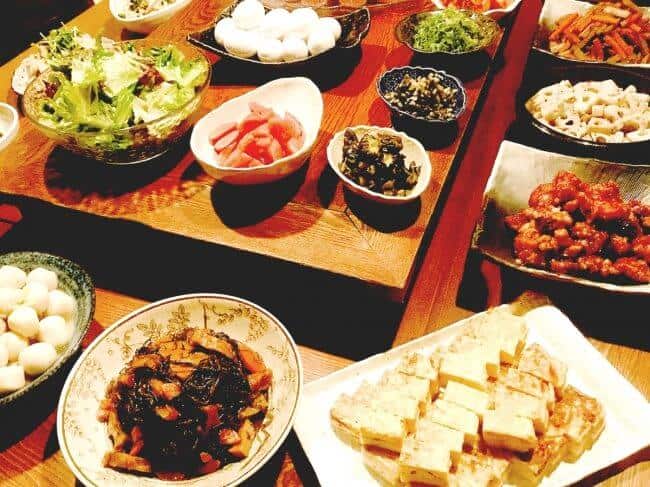
IV. Plating and Presenting
Just like in any cuisine, plating and the presentation of food are both essential to the overall appeal. Though in case of Obanzai, the simplicity of the cuisine always stands out. It’s simple but it is also visually captivating at the same time. The contrasting colors of the dishes would make anyone want to eat it. Even the elegant bowls that come in different shapes and sizes also add up to the overall art and beauty of the cuisine.
V. Eating
This may come as a surprise but actually eating the dishes is part of the preparation process of Obanzai. This cuisine is actually great for sharing. The one who prepared the Obanzai usually eats this together with others. Since the ingredients of Obanzai cuisine usually stay edible for longer time, they actually store and eat the dishes on another day. It’s the same with most Japanese families who give importance to eating together. This strengthens the family-oriented culture of the Japanese and it also solidifies the bond of communities.
Obanzai cuisine also radiates a sense of comfort and warmth to anyone who’s eating it. The extravagant combination of flavors from locally-produced ingredients leaves a remarkable taste making anyone want to come back for more.
VI. Cleaning Up
After a sumptuous meal of Obanzai, they clean the plates and bowls. After that, they store these in the shelves. This way, it would be easier to prepare for the next Obanzai.
What are the Five Core Spiritual Elements of Obanzai?
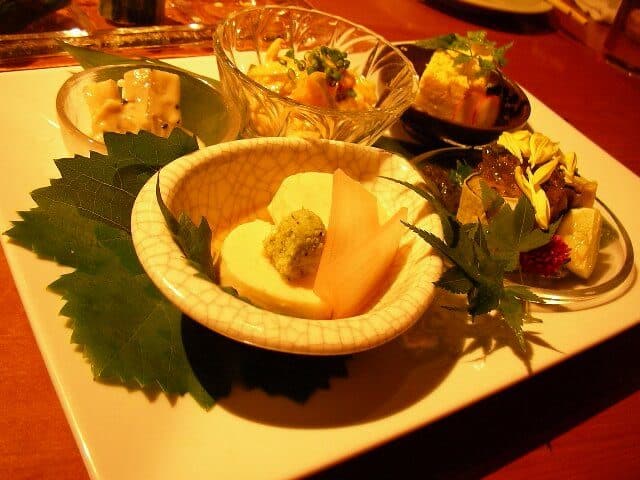
As part of the tradition of Kyoto locals, they meticulously follow five core spiritual elements when preparing Obanzai. These spiritual elements serve as the people’s guide in setting their values and coming up with decisions in their daily lives.
1. Honma Mon – using of authentic ingredients with great value
2. Omotenashi – cooking with the intention of making others happy, enjoy the meal, and stay healthy
3. Deaimon – combining two or more ingredients with different characteristics to create a new identity
4. Shimatsu – signifies using all parts of ingredients to avoid wasting it
5. Ambai – finding balance in the ingredients used
How much does Obanzai costs?
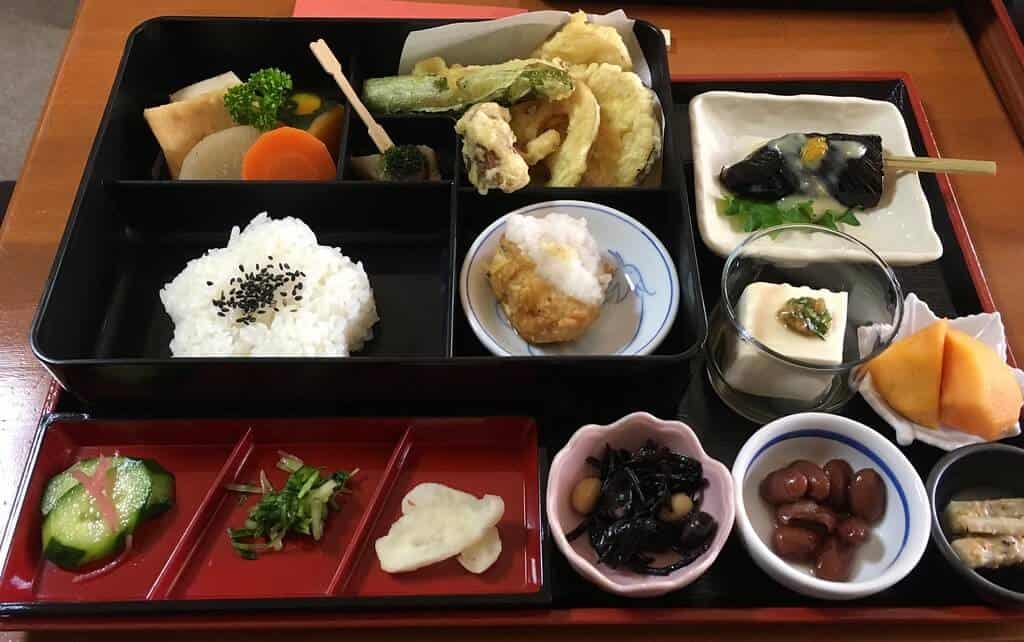
Tourists usually find the price of Obanzai a little expensive. This is in comparison to other cuisines and meals that are available in Japan. Though the ingredients are mostly produced locally in Kyoto, it can still be quite pricey. The price of ranges from 400 JPY to as much as 6000 JPY. In comparison with other dishes that are available in Kyoto, Obanzai can be more expensive but the experience is truly worth it. The rich taste of this cuisine and the long history of tradition make it a must-try for anyone who will be visiting the Kyoto Prefecture in Japan.
Where to eat Obanzai?
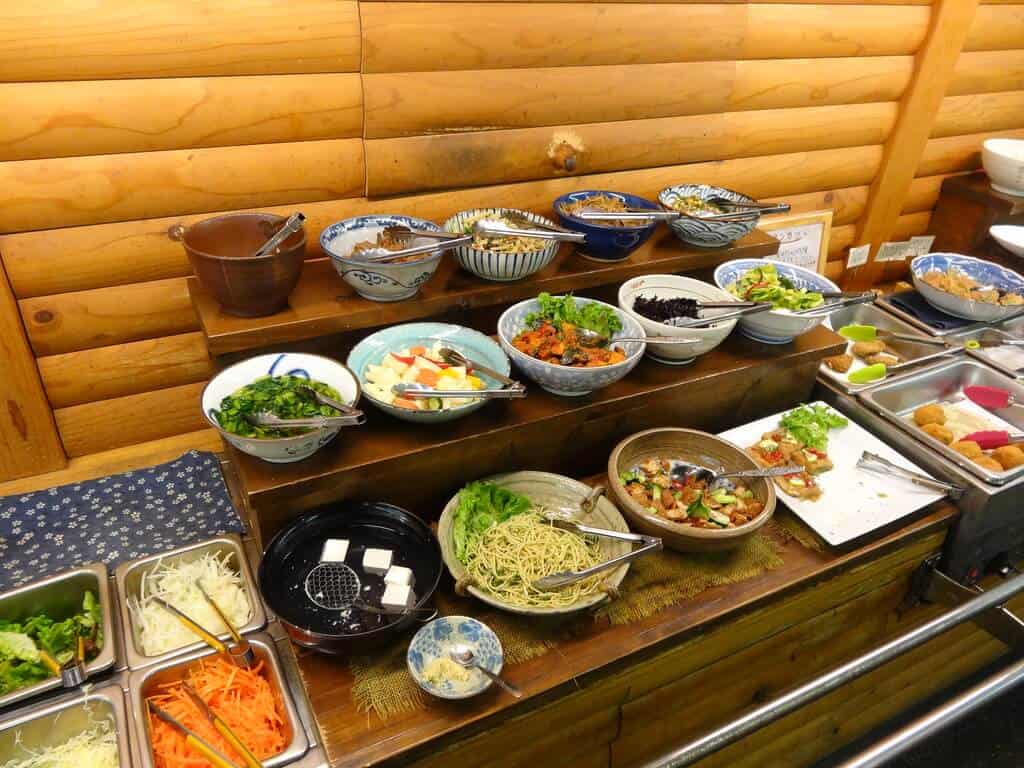
Kyosaimi Nomura
Kyosaimi Nomura is popular for their huge serving and appetizing Obanzai. Even though the serving is quite a lot, the food served is healthy as it has the balance of vegetables, fish, and meat.
Mamecha
Located in Ishibe-koji, Mamecha is one of the restaurants in Kyoto that is well-known and has high ratings from previous visitors. Many food travelers recommend this place for authentic Obanzai experience. Mamecha is also popular with young couples due to its ambiance and quality of food served in the restaurant.
Okudohan Kogumachi
What makes Okudohan Kogumachi as a new favorite Obanzai restaurant is that it serves scrumptious meals for reasonable prices. It comfortably sits in an old wooden house in the parallel street of Teremachi-dori in Kyoto. The restaurant has homey vibes that it feels like eating in the comfort of your own home.
Taroya
Taroya serves an overwhelming twenty (20) kinds of Obanzai. This restaurant is also famous for its Takikomigohan or Japanese mixed rice. Indeed, it is perfect with Shishito to Jako no Itameni or stir-fried sardines with Shishito peppers. Finding Taroya is easy as it is just a five-minute walk from Shijo Station.
Kitchen Rakuraku
Kitchen Rakuraku is a favorite restaurant in Kyoto. Locals recommend this place both for Obanzai and Izakaya (a casual Japanese bar that serves alcoholic drinks). The chef who makes dishes is as popular as the restaurant. His name is Chef Akira Mizobuchi. Complete the experience of visiting the Myoshin-ji Temple Complex by dining at Kitchen Rakuraku.
Would you like to taste Obanzai too? If yes, share this to your friends on Facebook!


 牧野悦子-1-1256x832-1.jpg)
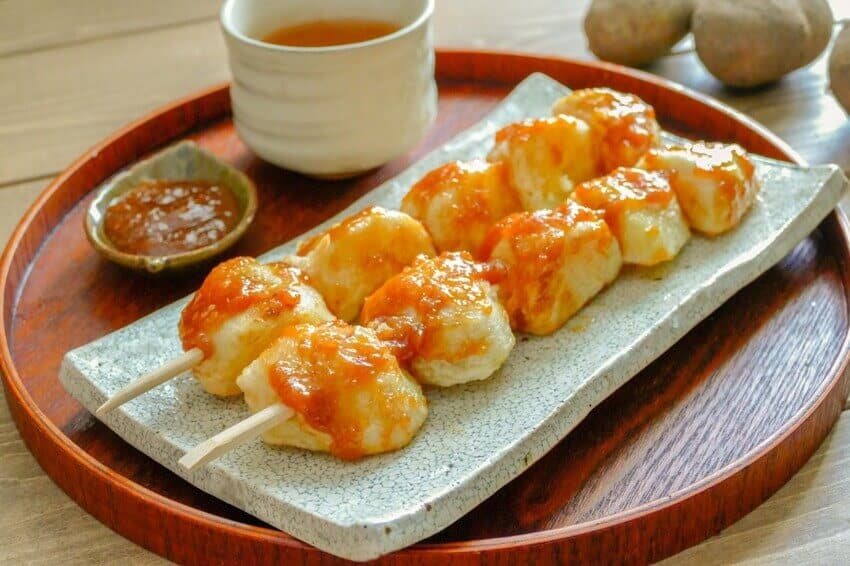
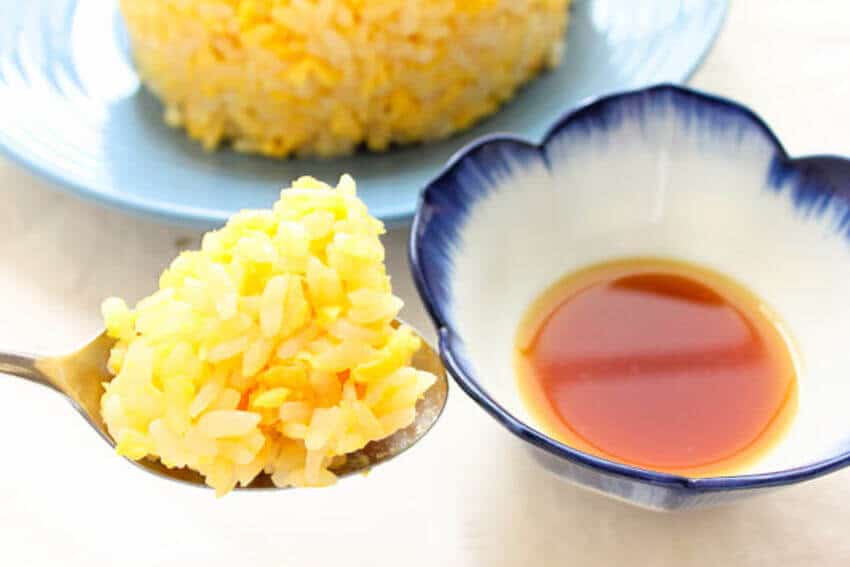

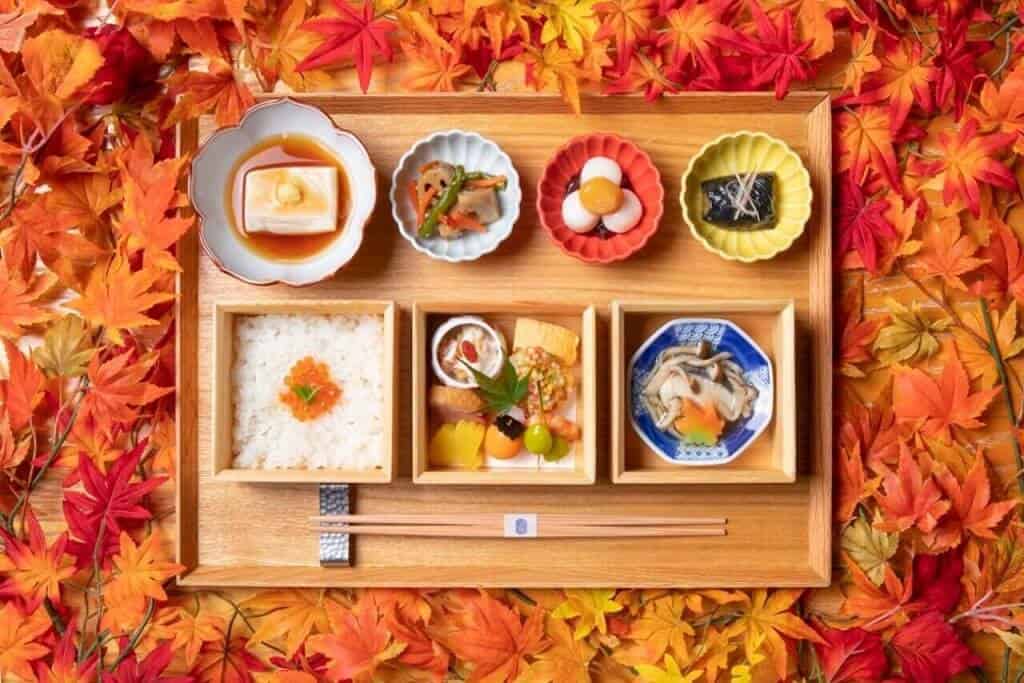
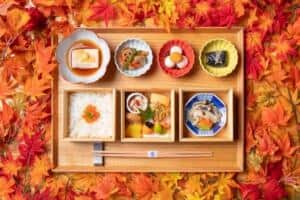
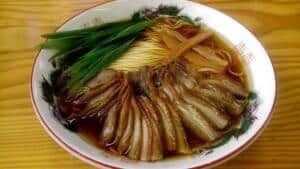
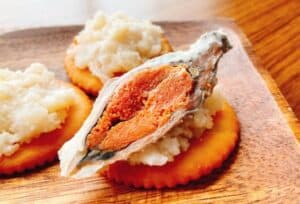
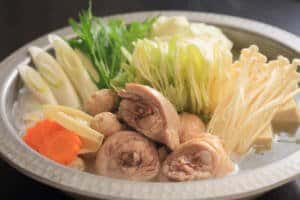
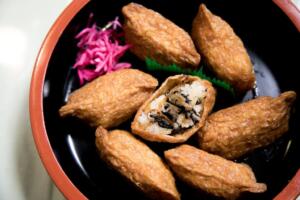
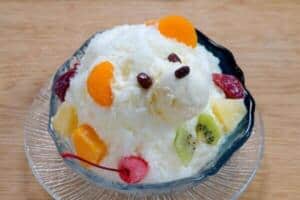
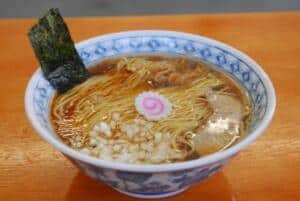
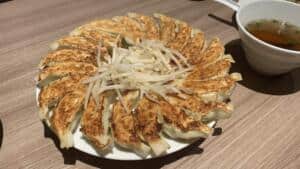
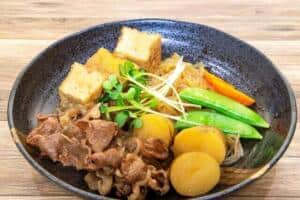
Comments